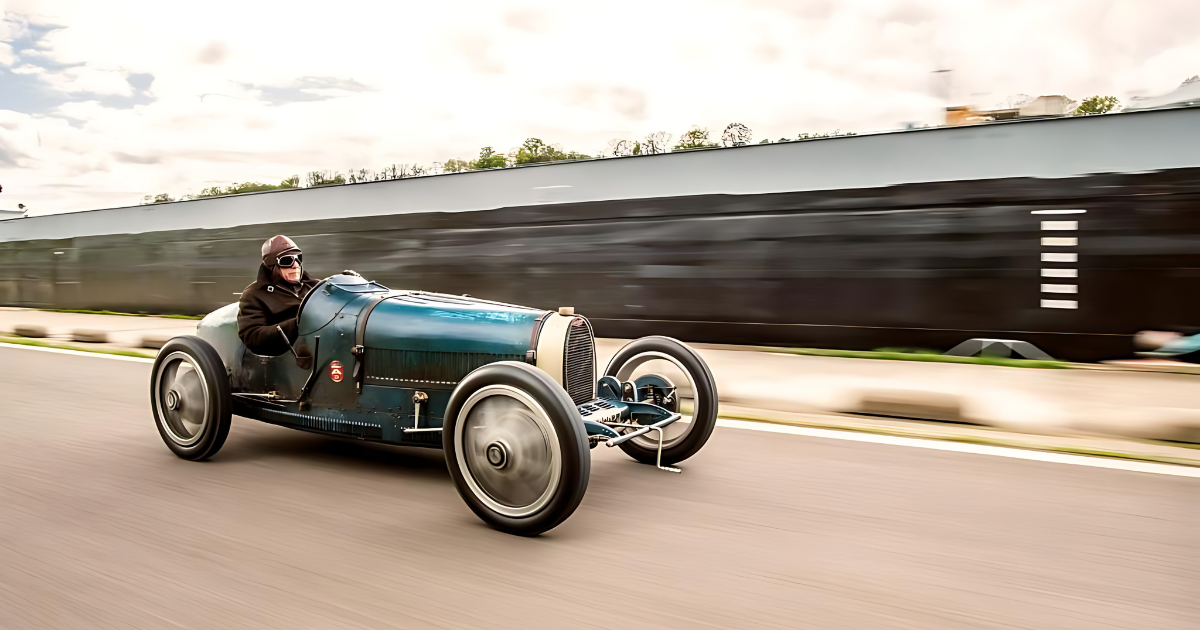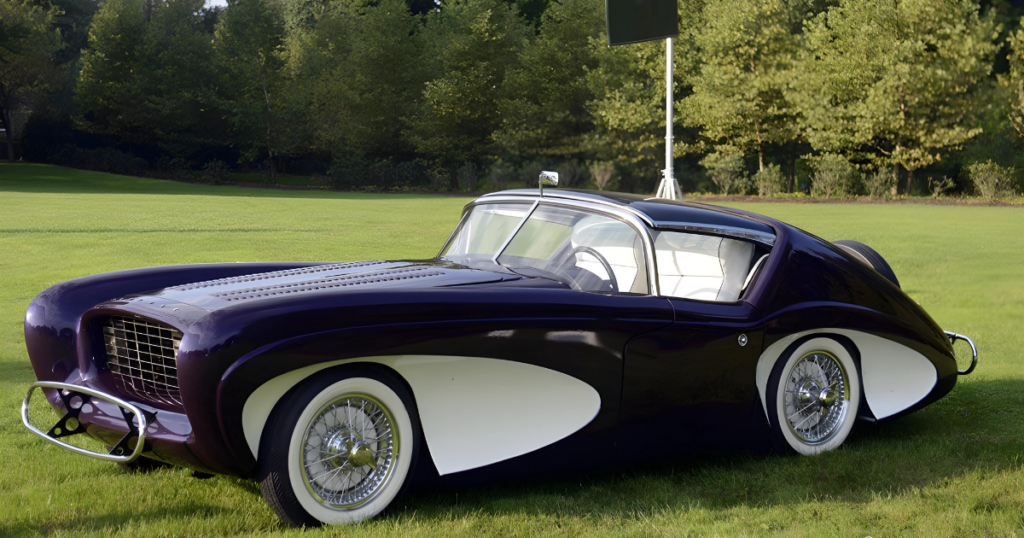
The Flajole Forerunner stands as a pinnacle of 1950s automotive innovation and visionary design, conceived by the renowned stylist Bill Flajole. Introduced in 1955, this concept car was not just a prototype but a bold statement of future automotive trends, showcasing advanced features that were ahead of its time.
Designed under the supervision of Bill Flajole, who was an Advance Styling Consultant for American Motors at the time, the Forerunner was a culmination of over 7,000 hours of meticulous design and construction. Its creation required a substantial investment of over $80,000 in 1955, reflecting its status as a pioneering concept in automotive design.
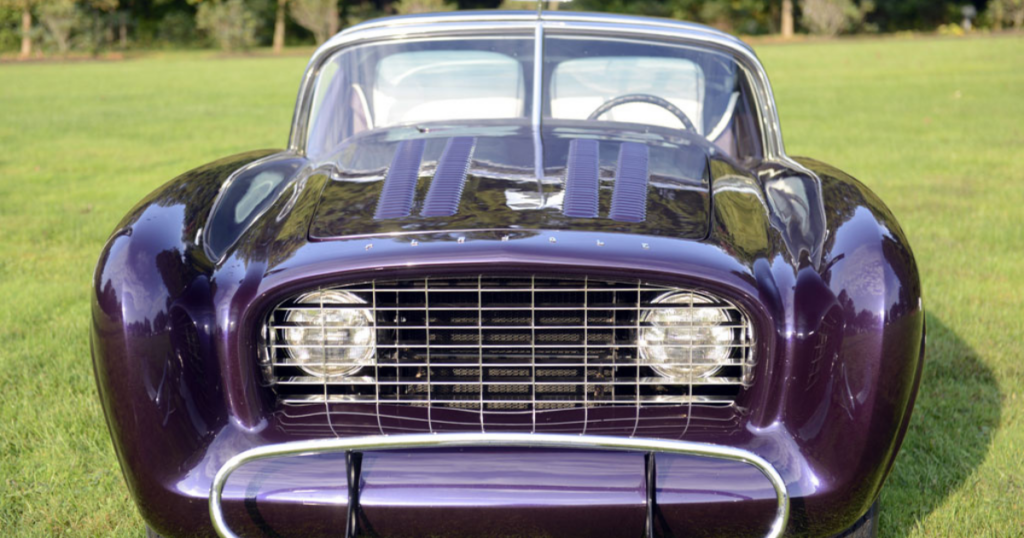
One of the most striking aspects of the Forerunner was its futuristic design elements. It incorporated a retracting tinted Plexiglas roof, which provided a glimpse into the potential future of convertible cars with enhanced visibility and weather protection. The headrest bucket seats and contrasting color fender coves were also innovative features that were well ahead of their time. These elements not only added to the car’s aesthetic appeal but also hinted at future trends in automotive interior and exterior design.
Underneath its futuristic exterior, the Forerunner utilized a Jaguar XK120M chassis, renowned for its high-performance capabilities. The XK120M engine, producing 180 horsepower, was a formidable choice, reflecting the Forerunner’s potential as a performance-oriented concept. The body of the Forerunner was crafted from fiberglass, a material that allowed for intricate design details such as molded-in open louvers and elaborate compound curves. These design cues showcased Flajole’s mastery in utilizing advanced materials and techniques to achieve his vision.
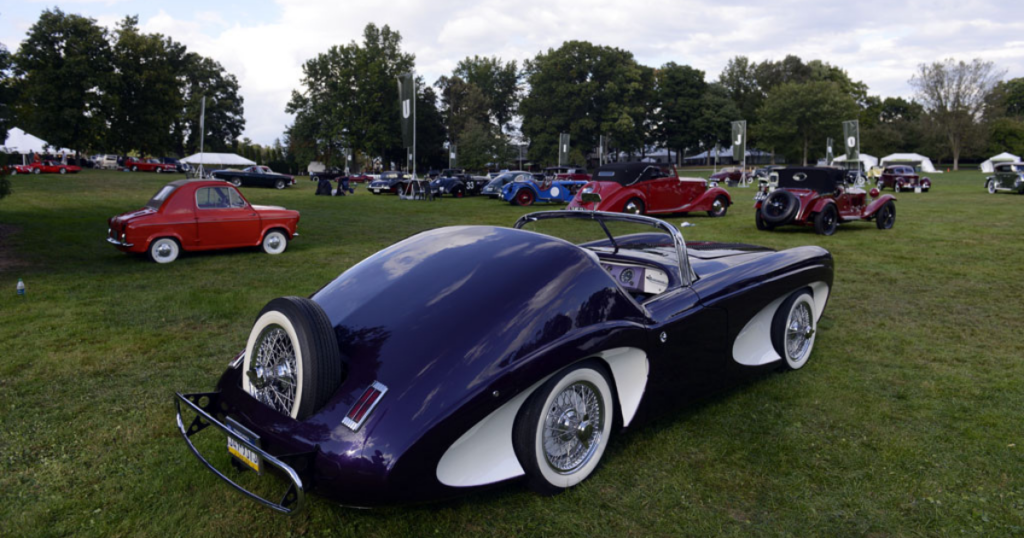
The Forerunner’s windshield header-mounted rear-view mirror was another example of forward-thinking design. This feature anticipated later automotive trends where designers would integrate periscope optics for improved visibility and driver ergonomics.
Throughout its history, the Forerunner garnered significant attention and acclaim from automotive enthusiasts and industry professionals alike. It was featured prominently in various prestigious publications, including Motor Trend, Sports Cars Illustrated, Mechanix Illustrated, and more recently, Octane Magazine. These publications highlighted the Forerunner’s groundbreaking design and its influence on automotive styling and technology.
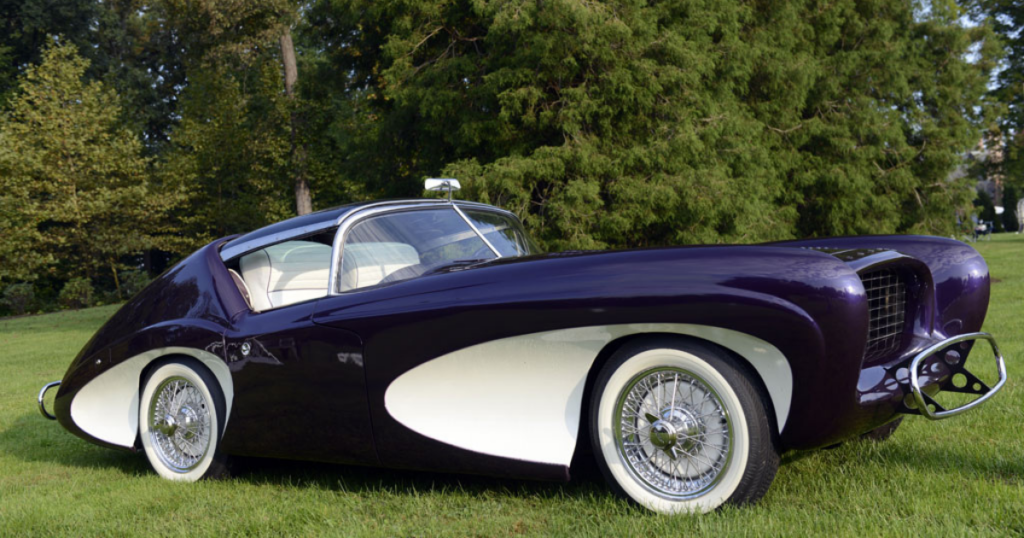
Today, the Forerunner remains an important piece of automotive history and design. It has undergone a comprehensive restoration process to meticulously preserve its original condition, ensuring that future generations can appreciate and study its innovative features and historical significance.
As a testament to Bill Flajole’s visionary approach to automotive design, the Forerunner continues to inspire and captivate, serving as a symbol of the bold experimentation and creativity that defined the golden age of automotive styling in the 1950s.

